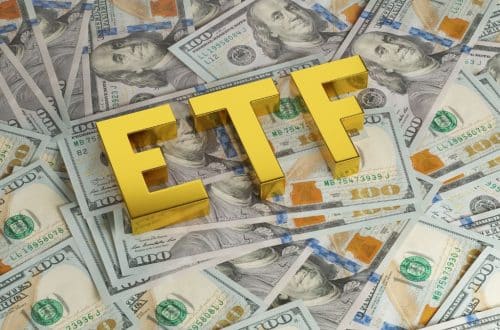
Victimes d'attaques de ransomwares refusant de payer : Analyse de la chaîne
- Chainalysis a déclaré que les attaquants de ransomware ont extorqué au moins $456,8 millions aux victimes en 2022, contre $765,6 millions en 2021.
- "Une grande partie de la baisse est due au fait que les organisations de victimes refusent de plus en plus de payer les attaquants de ransomware", a déclaré la société blockchain.
- La plupart des fonds provenant des attaques ont été envoyés aux principaux échanges centralisés, car l'utilisation des DEX a fortement chuté.
- La durée de vie d'une souche a également chuté, la souche moyenne restant active pendant 70 jours en 2022, contre 153 en 2021 et 265 en 2020.
2022 a été l'une des années les plus actives pour les pirates et les fraudeurs de l'industrie de la cryptographie, y compris les attaquants de ransomware. Ces attaquants utilisent un type de logiciel, qui est en fait un malware issu de la cryptovirologie, qui coupe complètement l'accès d'un utilisateur à ses données personnelles ou menace de révéler ces données publiquement si une rançon n'est pas payée. Fait intéressant, les revenus de ces agresseurs continuent de baisser car les victimes ont commencé à refuser de les payer.
Selon un nouveau article de blog de la société de données blockchain Chainalysis, "Les attaquants de ransomware ont extorqué au moins $456,8 millions de victimes en 2022, contre $765,6 millions l'année précédente." Ce changement positif de tendance confirme le fait que les victimes n'ont plus peur de ces attaquants après que les régulateurs sont devenus de plus en plus actifs dans l'industrie de la cryptographie, réprimant tous les développeurs qui utilisent leurs compétences à de mauvaises fins.
Chainalysis a également déclaré que les valeurs trouvées ne sont pas vraies et qu'il existe encore des adresses d'attaquants de ransomware qui n'ont pas encore été identifiées. Cependant, la société de données blockchain a noté que l'argent gagné grâce à ces attaques est considérablement réduit. Selon la conviction de l'entreprise, "une grande partie de la baisse est due au fait que les organisations de victimes refusent de plus en plus de payer les attaquants de ransomware".
D'autre part, Chainalysis a signalé une croissance substantielle du nombre de souches de ransomwares en 2022 et a également cité un rapport de la société de cybersécurité Fortinet, qui affirmait que plus de 10 000 souches de ransomwares étaient actives au premier semestre 2022. Fait intéressant, Chainalysis a déclaré que "les données en chaîne confirment que le nombre de souches actives a considérablement augmenté ces dernières années, mais la grande majorité des revenus des ransomwares va à un petit groupe de souches à un moment donné".
De plus, la durée de vie des ransomwares a également continué de baisser en 2022, et la souche moyenne est restée active pendant plus de 70 jours, soit plus de 50% contre 153 jours en 2021 et 265 en 2020. Fait intéressant, la société blockchain a également confirmé que les fonds réalisés via ces activités sont principalement transférés vers les principaux échanges cryptographiques centralisés.
«La part des fonds de ransomware allant aux échanges traditionnels est passée de 39,3% en 2021 à 48,3% en 2022, tandis que la part allant aux échanges à haut risque est passée de 10,9% à 6,7%. L'utilisation de services illicites tels que les marchés darknet pour le blanchiment d'argent des rançongiciels a également diminué, tandis que l'utilisation des mélangeurs est passée de 11,6% à 15,0% », a déclaré Chainalysis.
Chainalysis a également déclaré que la plupart du temps, ces malwares fonctionnent comme un modèle de ransomware-as-a-service (RaaS), c'est-à-dire que le développeur permet aux attaquants d'utiliser leur logiciel pour une petite partie des revenus. De plus, comme indiqué précédemment par Bitnation, la société technologique multinationale américaine Microsoft, a détecté une attaque appelée DEV-013 qui cible spécifiquement les startups cryptographiques.







